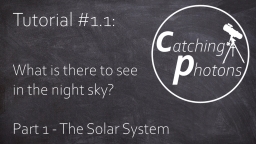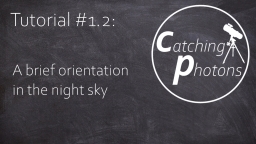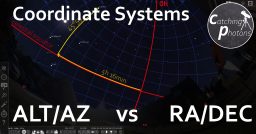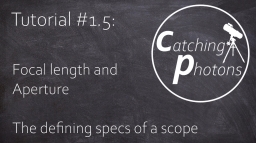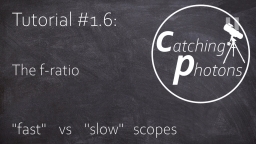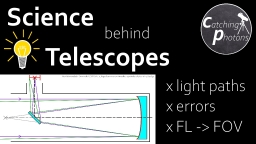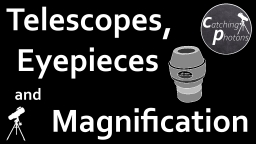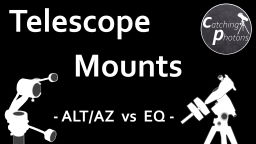Hey Leute,
ich habe begonnen unter "catchingphotons" auf Youtube eine Tutorial Reihe zu verfassen. Sie ist noch in den ersten Zügen, soll aber demnächst Themen wie:
*What can I see in the night sky?
*Focal length and apterture
*What scope to choose?
*Mount and hardware
*Procedures and Techniques
*Software
*...
umfassen. Ziel ist es, Anfängern einen "Hafen" zu bieten, um sich einen ersten groben Überblick zu verschaffen.
Im Freundes- und Familienkreis haben einige ein altes Scope geerbt oder geschenkt bekommen. Es fehlt die Muße oder die Zeit sich initial einzuarbeiten. Oder das Interesse an Astronomie besteht, aber die initiale Hürde ist zu groß. An diese Menschen richtet sich diese Reihe.
Viel Spaß!
Chris

